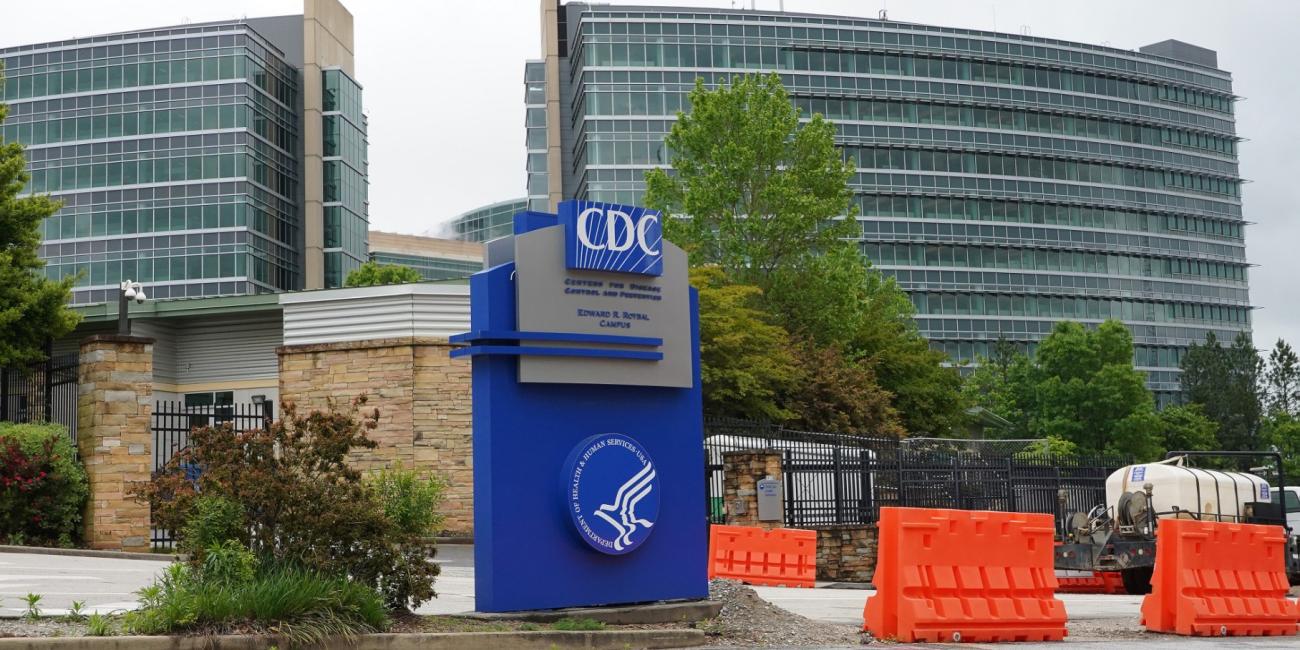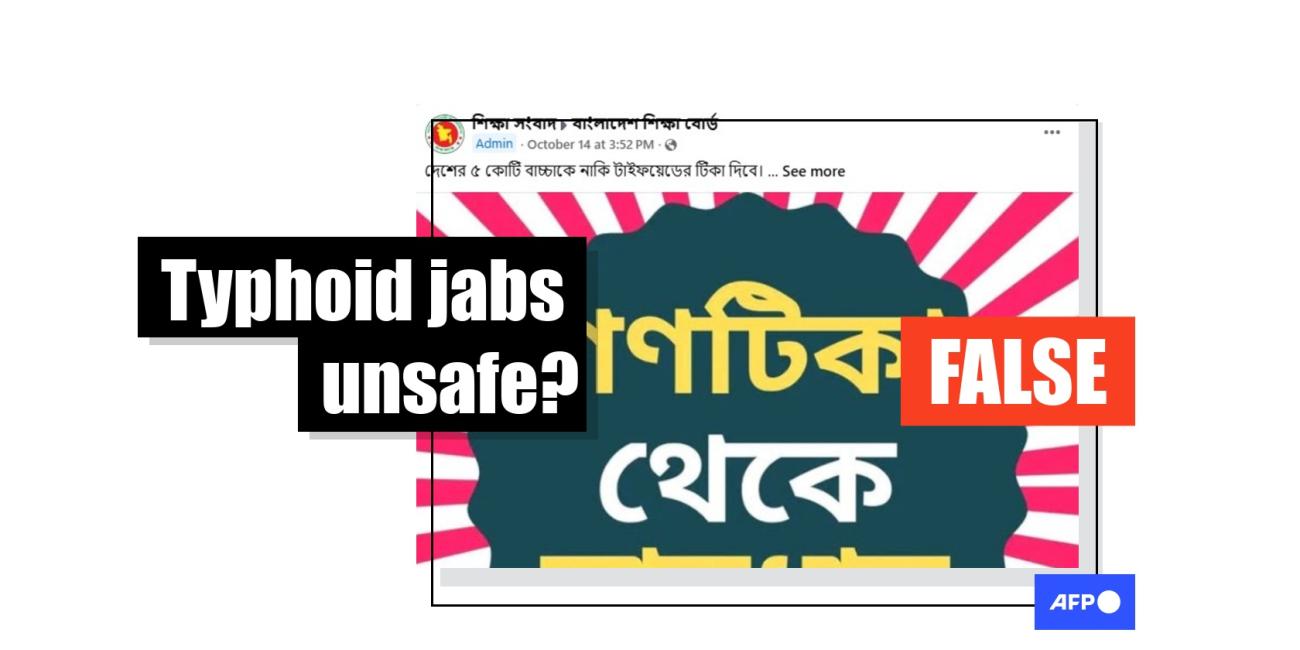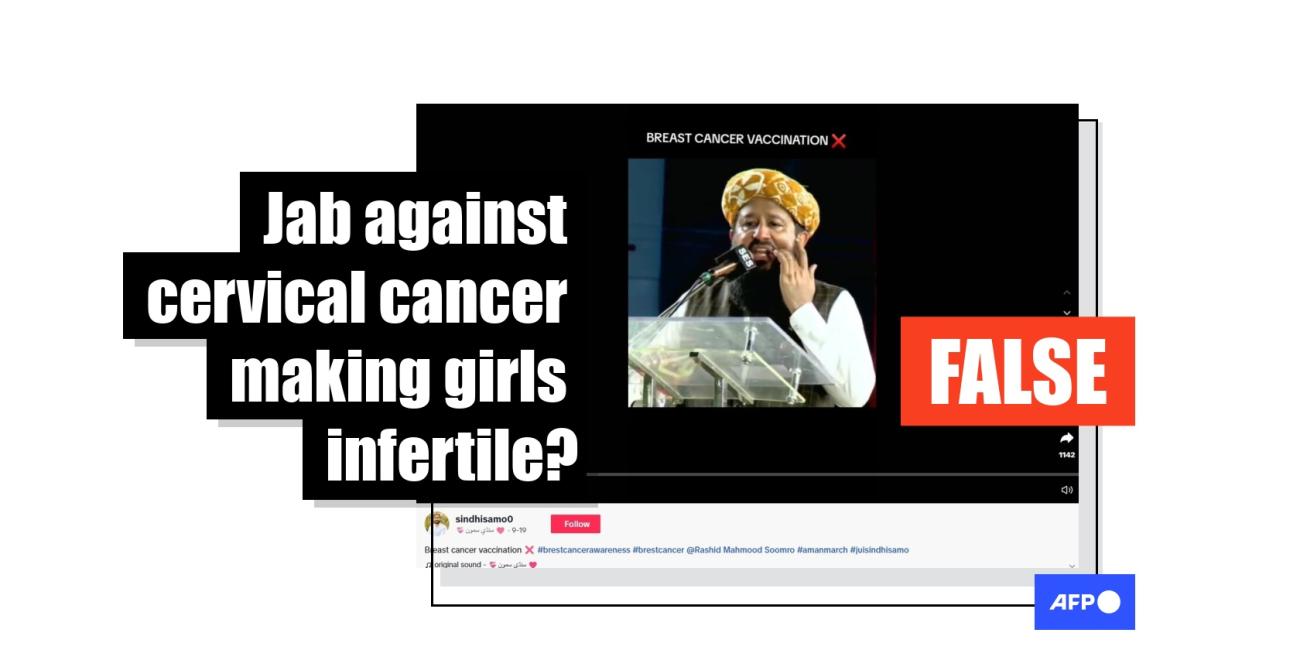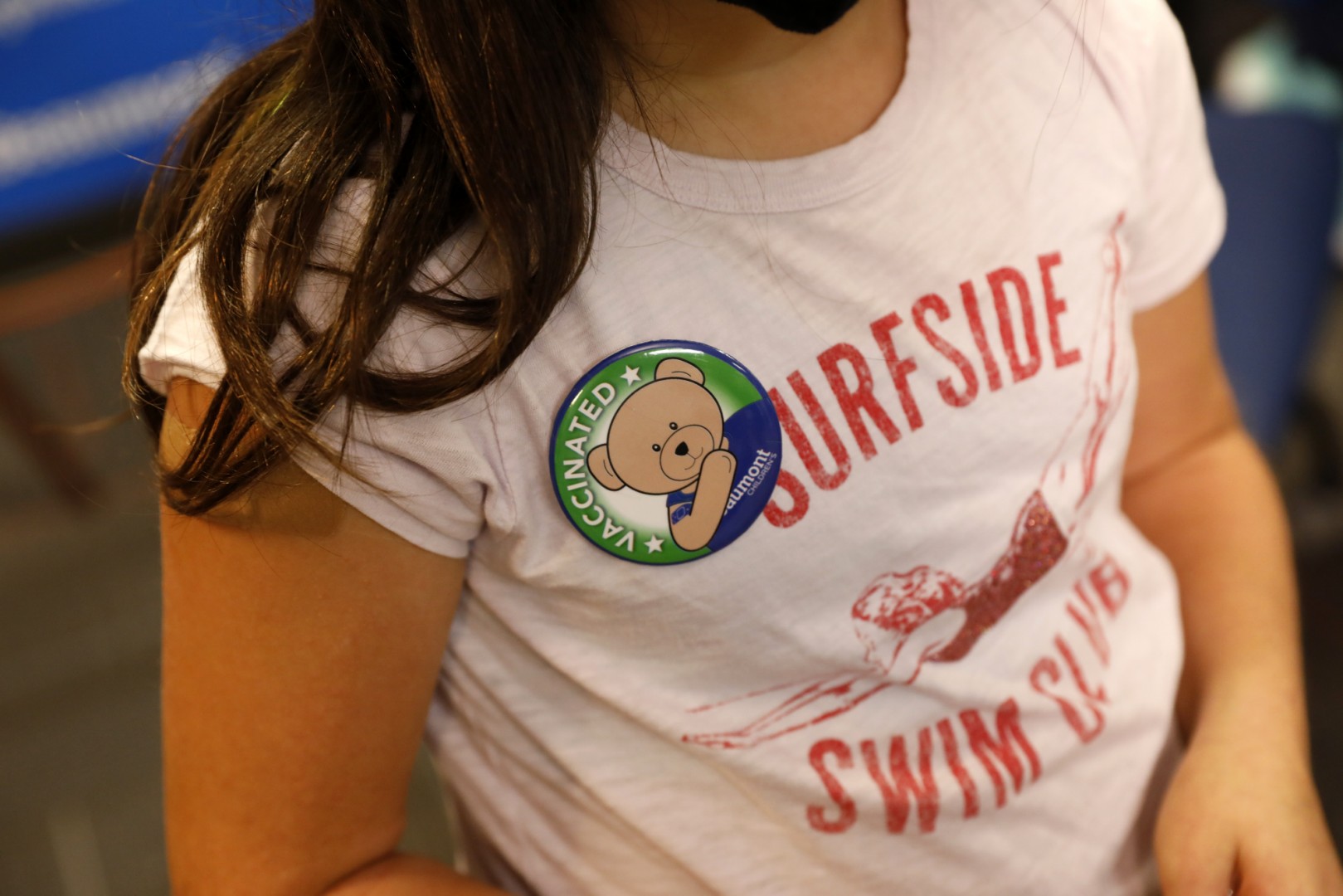
False claims about mercury in vaccines aired on Joe Rogan's podcast
- Published on May 9, 2025 at 18:39
- 2 min read
- By Marisha GOLDHAMER, AFP USA
"If you were to drop a vaccine at a vaccine clinic onto the floor, the hazmat guys will come, and you're not allowed to just pick it up if it's a mercury-containing vaccine. The hazmat people have to come and take that away. Yet we're okay to set a portion of that vial and inject it into, you know, a child," claims Suzanne Humphries, a nephrologist AFP has previously fact-checked for spreading health misinformation, in a video posted to Instagram April 23, 2025.
The clip, which also circulated on Facebook, comes from a March 26 episode of "The Joe Rogan Experience" in which Rogan promoted Humphries's debunked 2013 book "Dissolving Illusions" (archived here). The YouTube video of the interview received more than 2.2 million views.
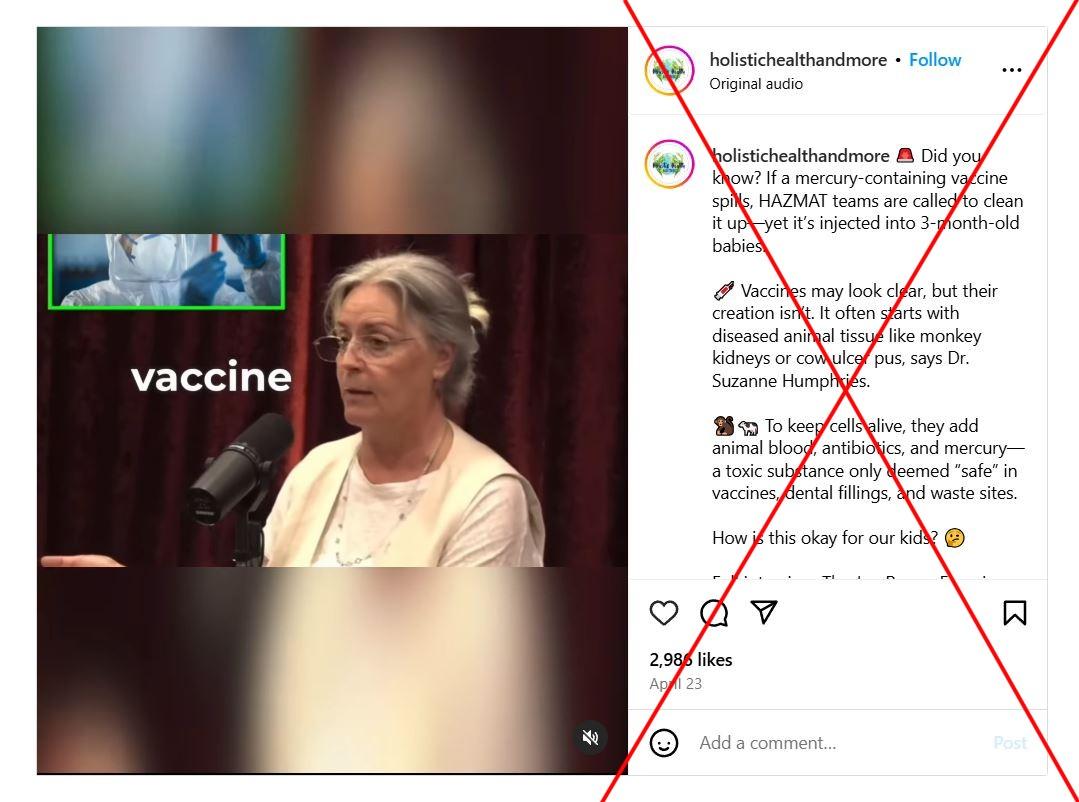
Vaccine ingredients are regularly targeted by activists who claim, without evidence, that they are dangerous or linked to neurological disorders such as autism.
Humphries's statement about mercury is also false.
"It is absolutely made up that there is any danger with a spill from a vaccine," said pediatrician Michelle Fiscus, the chief medical officer at the Association of Immunization Managers (archived here). "Typically what you do is clean it up with a piece of paper towel."
The safety data sheet from GlaxoSmithKline, the British manufacturer of the influenza vaccine that includes thimerosal to prevent bacterial and fungal contamination, says those handling the product can wipe small spills with an absorbent material (archived here).
Different kinds of mercury
Humphries further misleads by claiming that a mercury containing vaccine would be given to a child. The US Food and Drug Administration says all the shots recommended for children under the age of six are available in formulations that exclude the ingredient (archived here).
Mercury is a neurotoxin and can be harmful after it reaches a certain level in the body (archived here).
There are different types of mercury, however, and thimerosal is a form called ethylmercury (archived here). Ethylmercury "is very easily broken down by the body," Fiscus said.
Health officials are concerned with poisoning from another form, methylmercury -- though almost all people have some level of exposure, typically from eating fish. (archived here).
The World Health Organization's Global Advisory Committee on Vaccine Safety has studied mercury as a preservative and consistently reached the same conclusion: "There is no evidence to suggest that the amount of thiomersal (thimerosal) used in vaccines poses a health risk" (archived here).
The US Centers for Disease Control and Prevention (CDC) and other global health authorities approve its use as safe (archived here and here).
The CDC says the most common side effect of thimerosal is "redness and swelling at the injection site" (archived here). As with any ingredient in a medical product, in rare cases the recipient may have a serious allergic reaction (archived here).
Despite the ingredient's approved use, thimerosal was removed from childhood vaccines in the United States in 2001 (archived here). This was in part to reduce the exposure levels of premature infants with low birth weights and benefit babies and young children in places where total exposure to mercury from environmental sources is more difficult to eliminate (archived here).
Since then, studies have found that immunization with thimerosal-containing vaccines during infancy does not decrease neuropsychological performance later in childhood (archived here and here). Additionally, a review of studies found "no association between thimerosal exposure and autism" (archived here).
More of AFP's reporting on vaccine misinformation is available here.
Copyright © AFP 2017-2025. Any commercial use of this content requires a subscription. Click here to find out more.
Is there content that you would like AFP to fact-check? Get in touch.
Contact us
